University Assignment: Managerial Accounting - Costing Techniques
VerifiedAdded on 2023/04/22
|6
|1075
|317
Report
AI Summary
This report provides a comparative analysis of job costing and process costing techniques, two fundamental methods in managerial accounting. It begins by defining each method: job costing, which accumulates costs for specific jobs or projects, and process costing, which averages costs across large volumes of similar products. The report then delves into the applications of each technique, highlighting their use in different industries. Key differences are outlined, including the nature of the product (unique vs. standardized), job size, record-keeping requirements, and cost reduction opportunities. Advantages and disadvantages are discussed for both methods, such as job costing's ability to evaluate costs for each job and process costing's simplicity and lower cost. The report concludes by emphasizing that the choice between these techniques depends on the specific industry and needs of the business.
1 out of 6
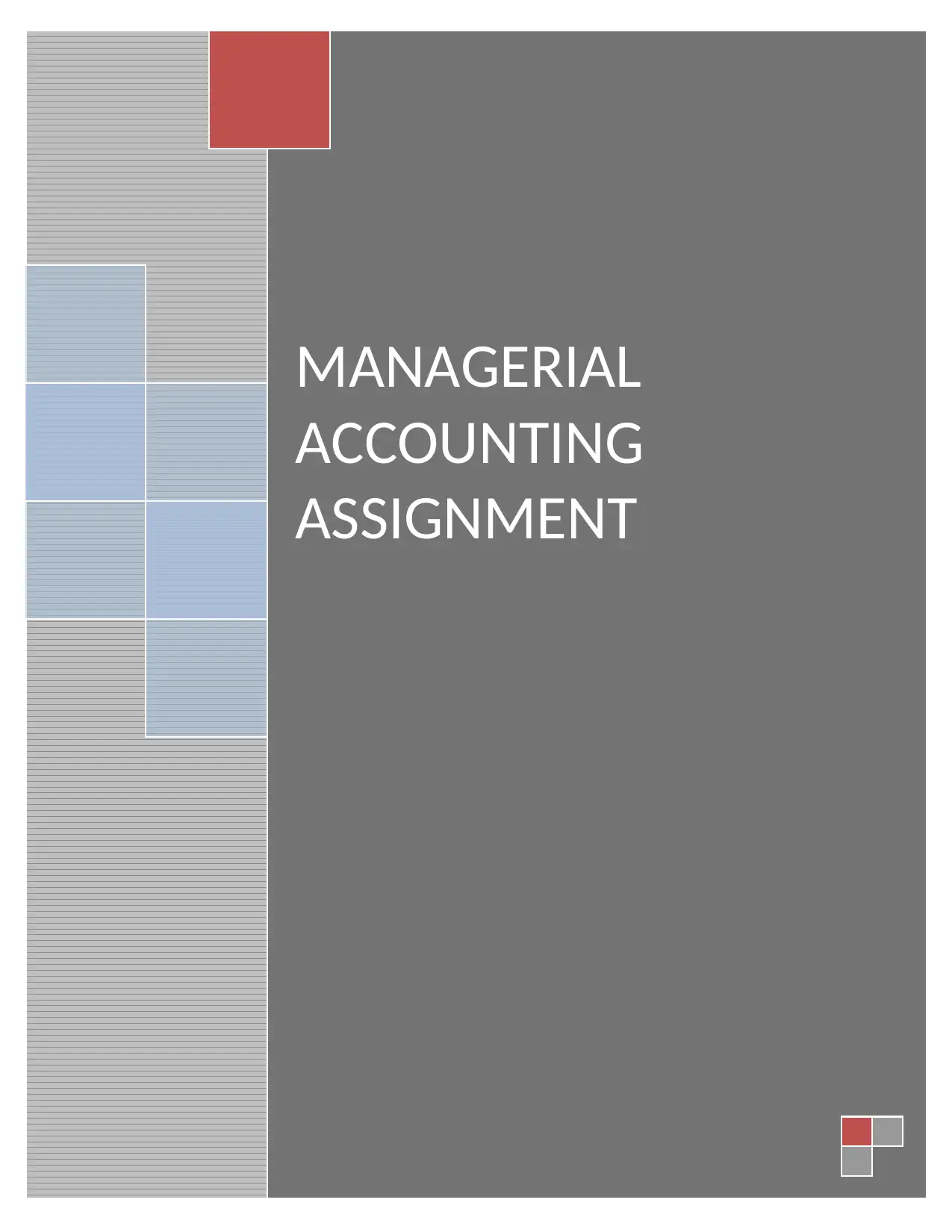
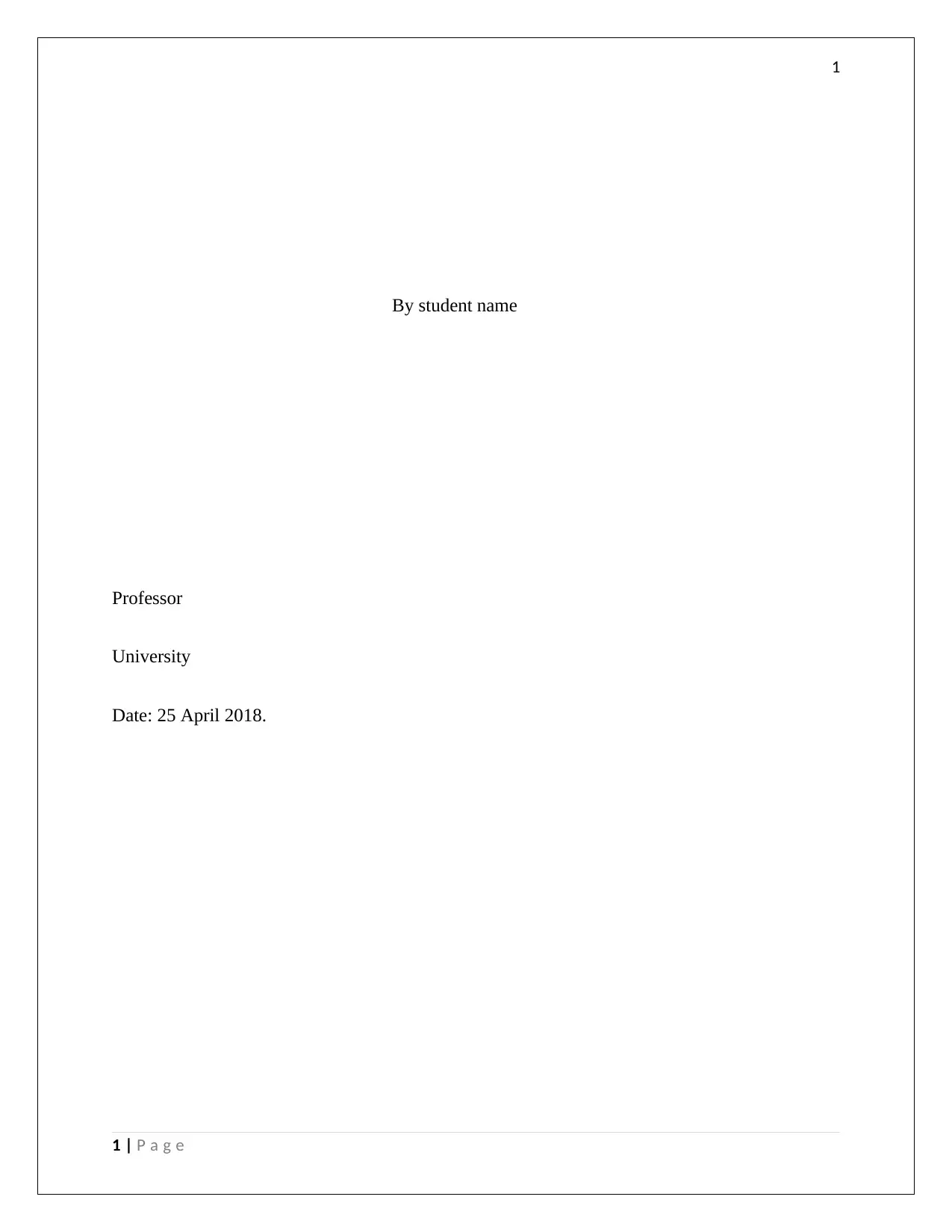
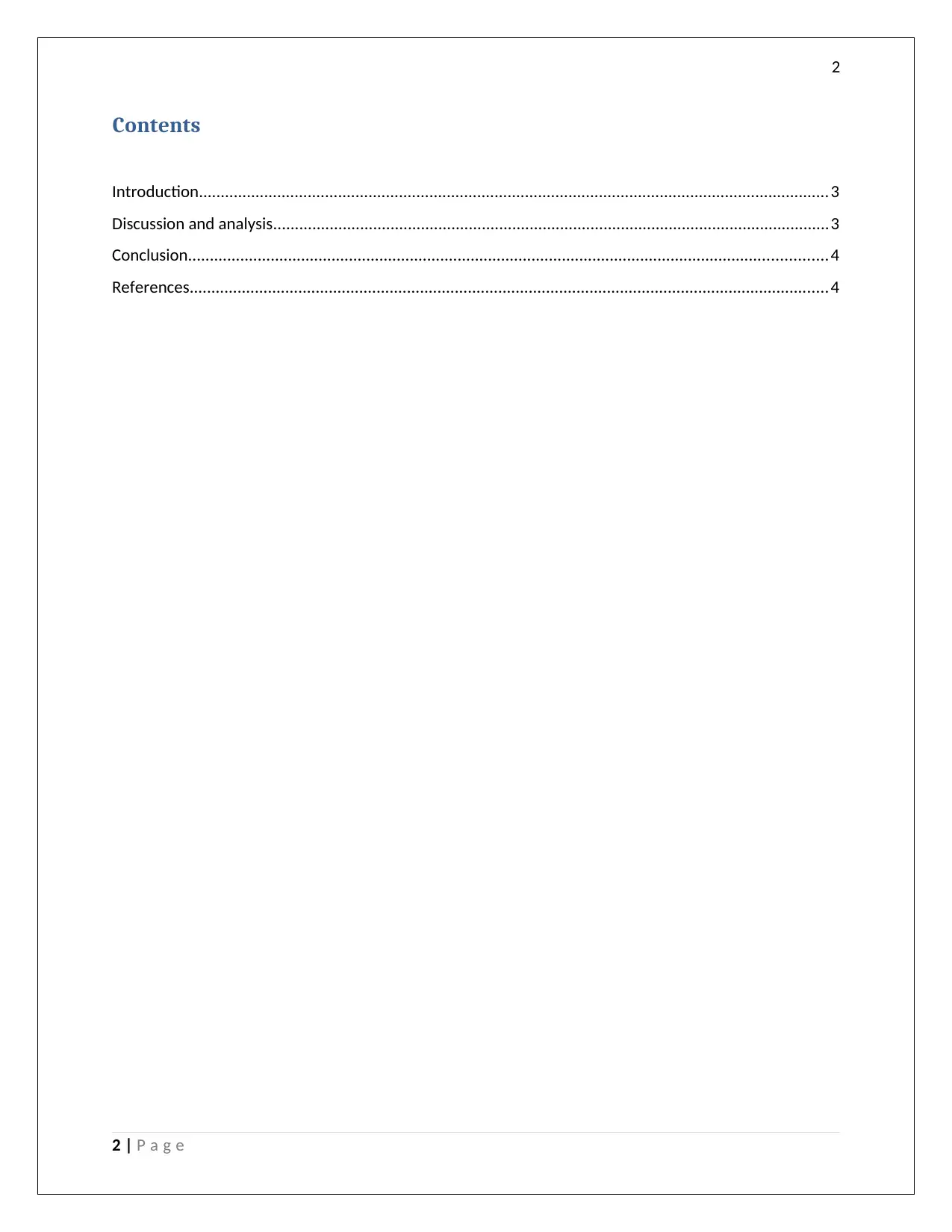
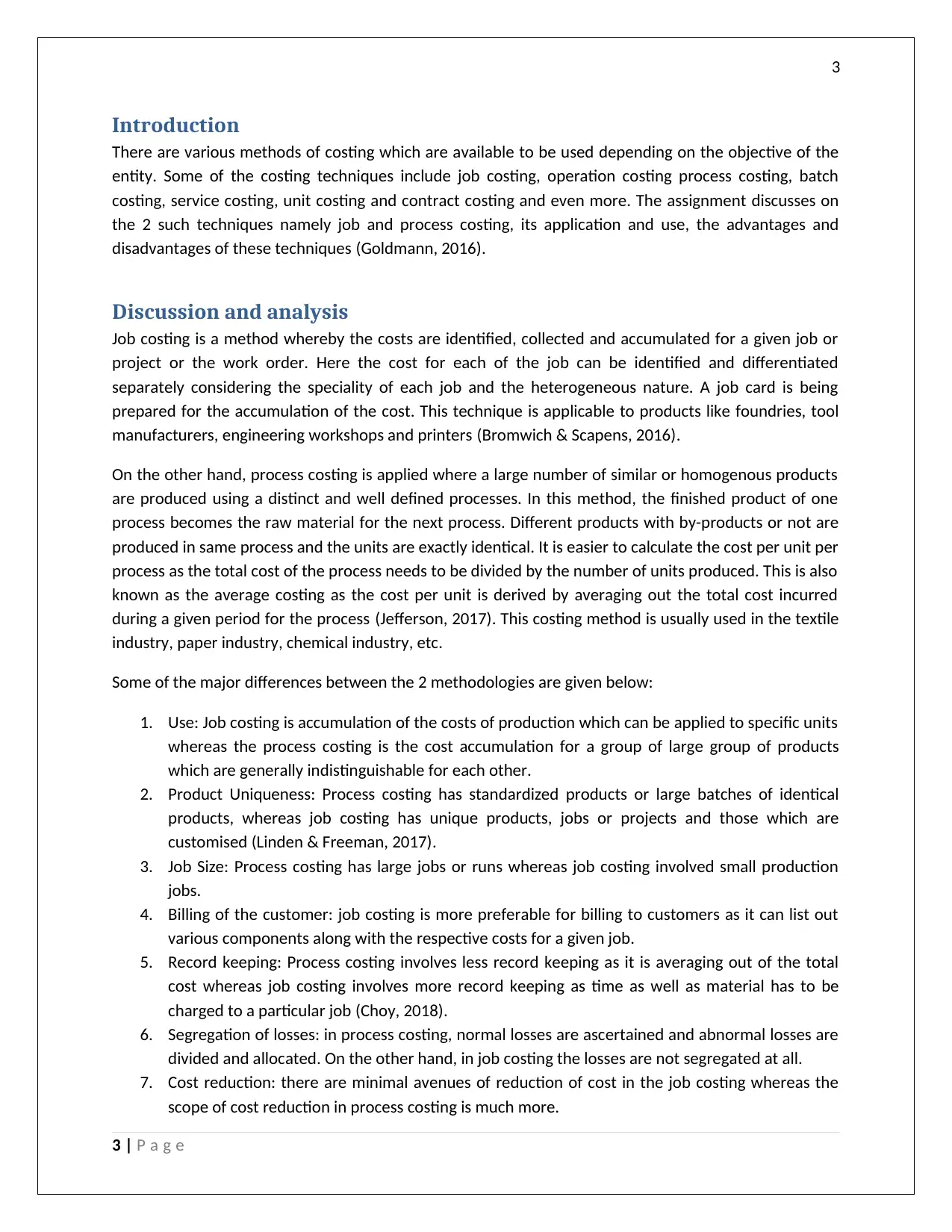
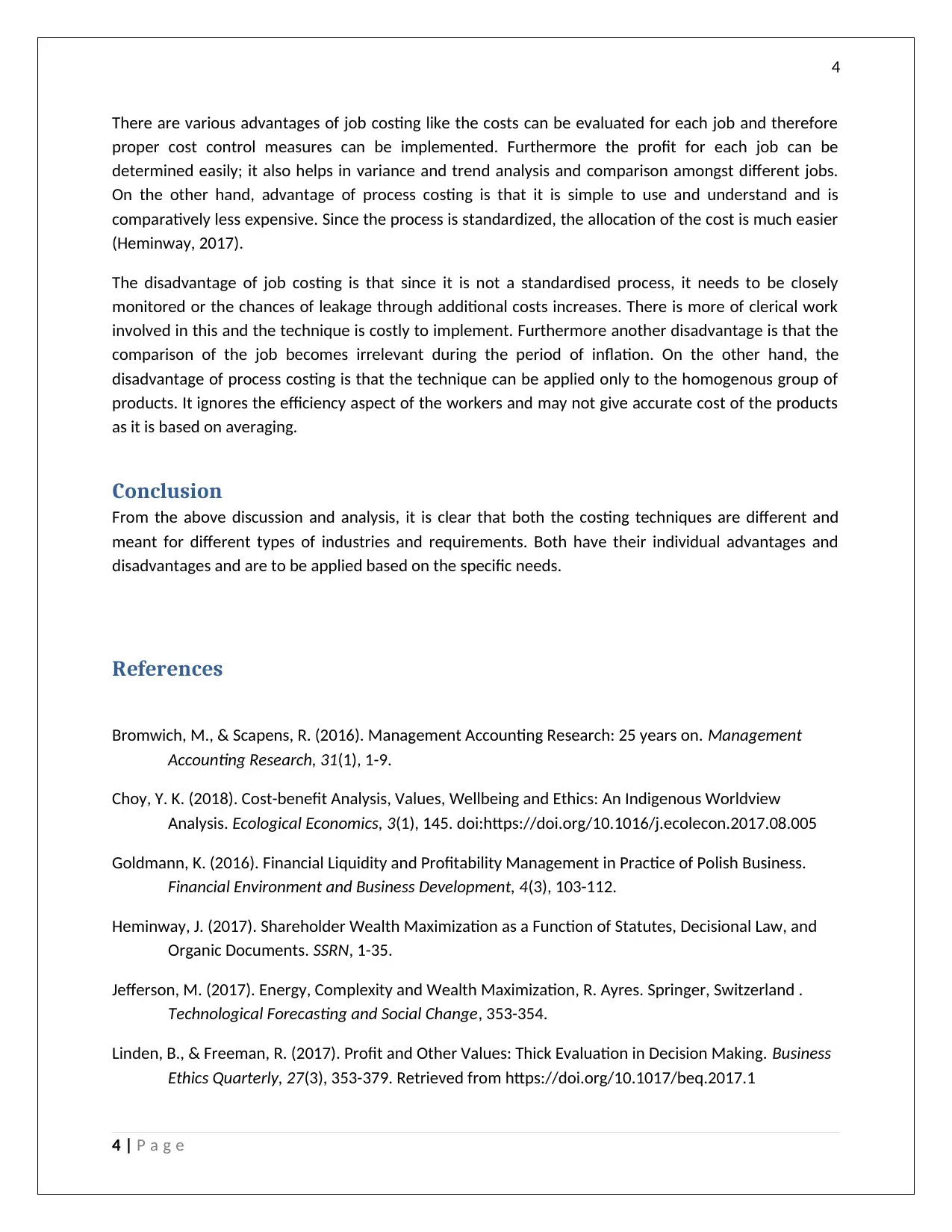
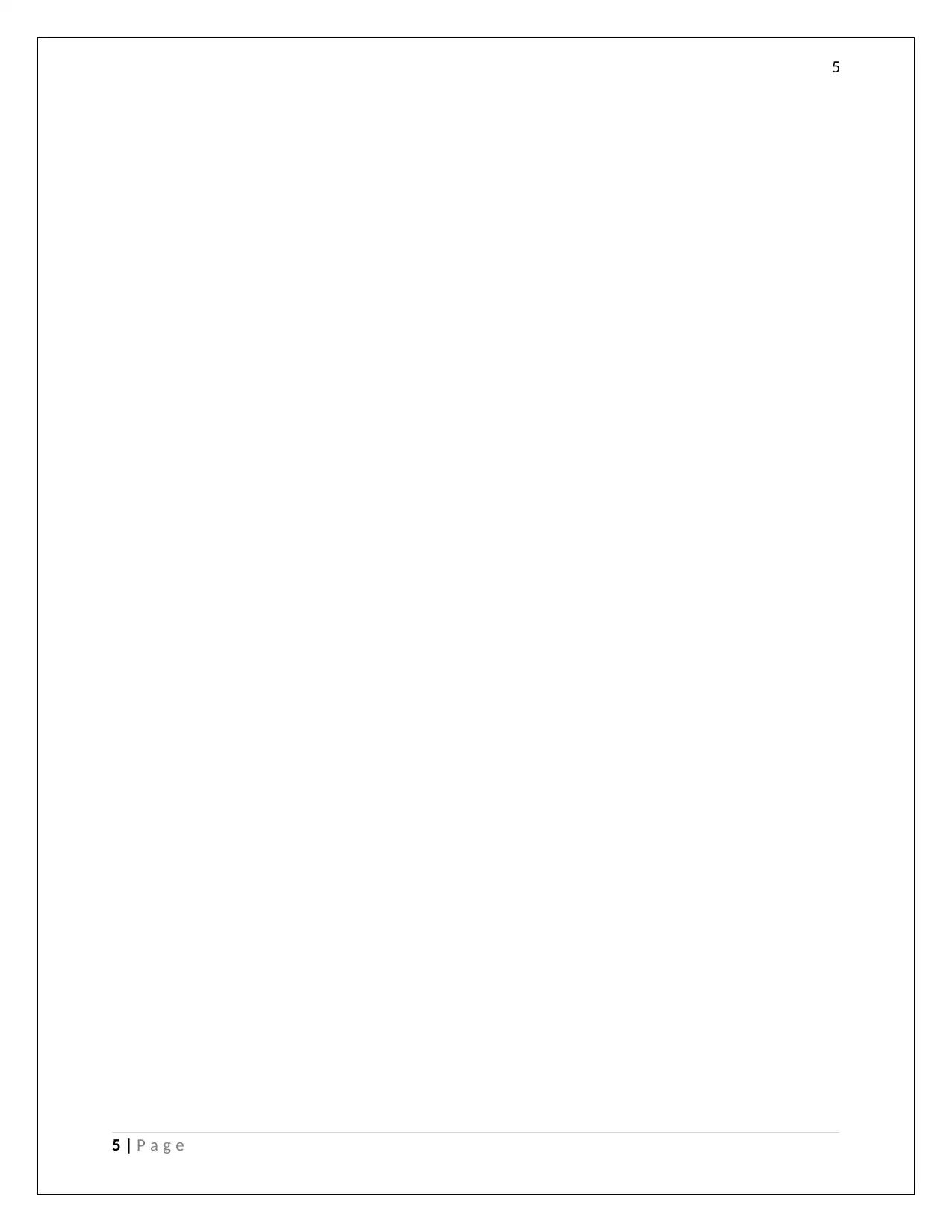






![[object Object]](/_next/static/media/star-bottom.7253800d.svg)